Are otolaryngologists underdiagnosing EVA? Background: Enlarged vestibular aqueduct (EVA) is the most commonly identified CT scan anomaly found in children with sensorineural hearing loss (SNHL). Current radiographic criteria for EVA […]
Propranolol Effective, Well-Tolerated for Symptomatic IH
Will propranolol become the mainstay of treatment for symptomatic infantile hemangiomas (IH)? Background: IH are the most common tumor of infancy, affecting four to 10 percent of infants. Spontaneous involution […]
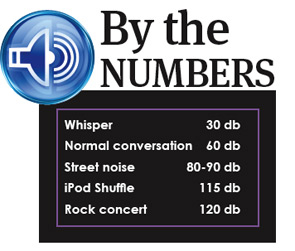
MP3 Generation: Noise-induced hearing loss rising among children and adolescents
Prior to the introduction of MP3 players, hearing loss among children was estimated at around 12.5 percent. More recent studies, however, estimate that 16 percent of teenagers, or approximately 6 million children, suffer from permanent noise-induced hearing loss (NIHL).
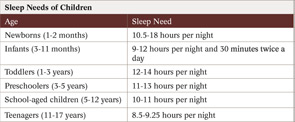
The Sleepy Child Conundrum: What to consider when SDB is ruled out
In a modern society that is constantly “on,” with 24-hour news channels, Internet connection, cell phones, video games, and a rapid pace of life unequaled in previous generations, sleep deprivation and sleep disorders are not only a risk—they are a given.
Hearing Aid Update
Hearing aids-external electronic devices used to help individuals with hearing loss-traditionally consist of a microphone, an analog-to-digital converter, a digital signal processor, a digital-to-analog converter, and a receiver that delivers an acoustic signal into the external auditory canal. In 2008, 97% of all hearing aids sold used digital processing. Catherine V. Palmer, PhD, provides a review of current digital hearing aids.
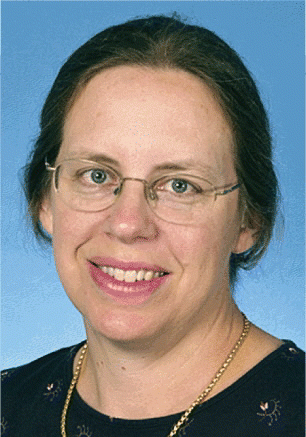
Experts Debate Pediatric Airway Issues
In a recent debate-style panel, five otolaryngologists addressed topical clinical issues relating to the pediatric airway ranging from adenotonsillectomy in children with obstructive sleep symptoms, to whether cidofovir should be used as a standard treatment in children with recurrent respiratory papillomas.
Considering Tonsillectomy? Factor in Evidence, Clinical Judgment, Patient Preference
SAN DIEGO-Weighing whether or not to perform tonsillectomy boils down to a balance between benefit and harm, declared Richard Rosenfeld, MD, MPH, at the lively and well-attended miniseminar on evidence-based tonsillectomy at the American Academy of Otolaryngology-Head and Neck Surgery annual meeting here.
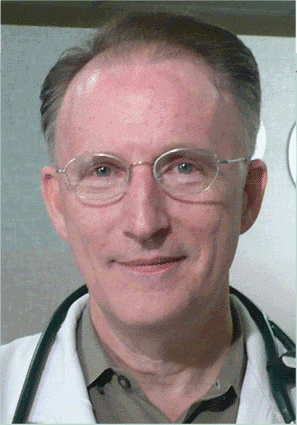
Putting the Physician-Patient Relationship First
The otolaryngologists and pediatric surgeons who watched President Obama’s July 22 press conference must have been astonished to hear themselves vilified by the Health Care Reformer-in-Chief.
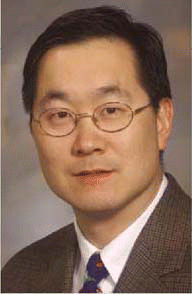
Hearing Screening in Newborns and Young Children-Is Enough Being Done?
Approximately 28 million people living in the United States suffer from some degree of hearing loss. It is the most frequently occurring birth defect—about three of every 1,000 babies are born with hearing loss.
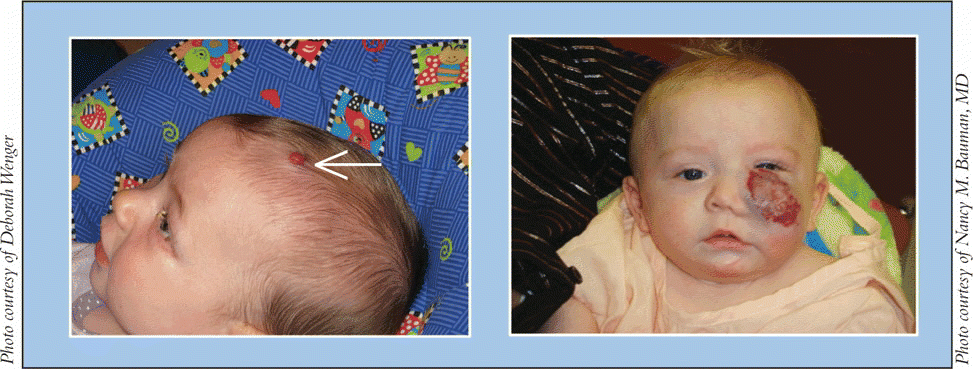
New Approaches to Vascular Anomalies On the Horizon
Infantile hemangiomas and lymphatic malformations (LM) are vascular anomalies that otolaryngologists-head and neck surgeons often encounter in their practices. Infantile hemangiomas and LMs differ from one another in prevalence, etiology, and clinical presentation, but both may be undergoing potential shifts in treatment, depending on research outcomes.
- « Previous Page
- 1
- …
- 14
- 15
- 16
- 17
- 18
- 19
- Next Page »